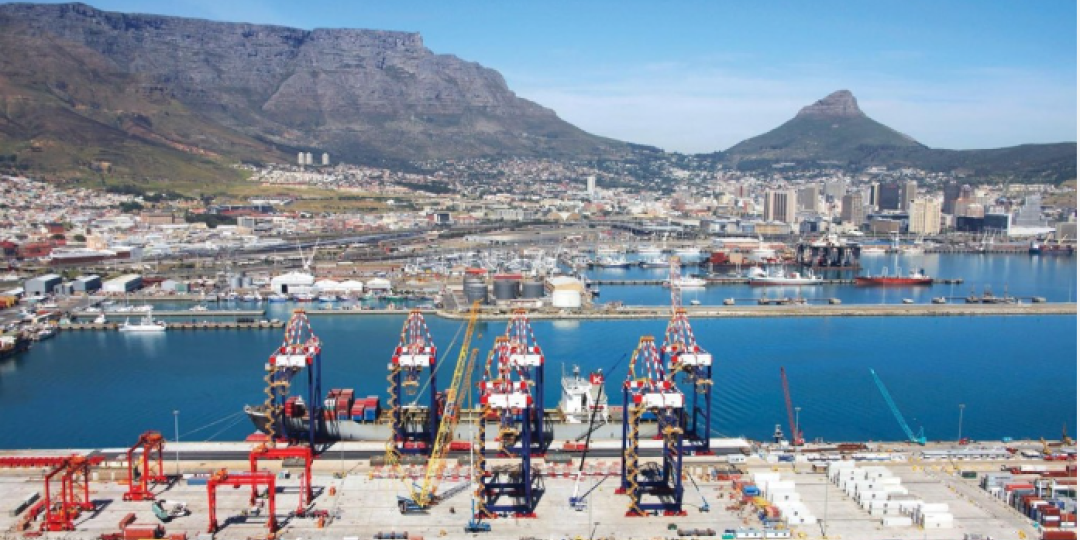The global Container Port Performance Index (CPPI) reveals that East and South-east Asian ports excelled in 2023, accounting for 13 of the top 20 places.
Developed by the World Bank and S&P Global Market Intelligence, the fourth edition of CPPI, released on Tuesday, is based on the biggest data set ever with more than 182 000 vessel calls, 238.2 million moves, and about 381 million TEUs for the full calendar year.
More than 80% of merchandise trade is transported by sea, so the resilience, efficiency, and overall performance of ports is crucial to global markets and economic development.
South Africa’s four container ports continued to rank among the worst-performing ports in the world, with Cape Town finding itself in last place, of the 405 ports listed in the index.
Ngqura was ranked second to last at 404, while Durban was ranked at 399, followed by Port Elizabeth at 391, while regional ports Walvis Bay and Maputo were ranked slightly ahead at 392 and 317 respectively.
Regional disruptions impacted port performance everywhere, according to the report.
“While the challenges caused by the COVID-19 pandemic and its aftermath eased further in 2023, container shipping continues to be an unpredictable and volatile sector,” said Martin Humphreys, lead transport economist at the World Bank.
“Major ports need to invest in resilience, new technology and green infrastructure to ensure the stability of global markets and the sustainability of the shipping industry.”
There are 57 new ports in the CPPI 2023, including Muuga Harbour in Estonia and Oman's Port of Duqm, as well as several notable movers. One of the major Indian ports, Visakhapatnam Port, was among the top 20.
Despite its relatively low ranking, Dar es Salaam Port in Tanzania managed to shave ship arrival times by 57%.
“There is a greater awareness and focus on resilience and efficiency of maritime gateways and a better understanding of negative impact of port delays on economic development,” said Turloch Mooney,head of port intelligence and analytics at S&P Global Market Intelligence.
“The highly interconnected nature of container shipping means the negative effect of poor performance in a port can extend beyond that port’s hinterland and disrupt entire schedules. This increases the cost of imports and exports, reduces competitiveness and hinders economic growth and poverty reduction,” ooney said.
China’s Yangshan Port earned the top spot for the second consecutive year, while Oman’s Port of Salalah retained the number two position. The Port of Cartagena in Colombia ascended to third place. Tanger Med of Morocco held steady in fourth position and Tanjung Pelepas Port in Malaysia rounded out the top five.
The CPPI ranks 405 global container ports by efficiency, focusing on the duration of port stay for container vessels. Its primary aim is to identify areas for enhancement for the benefit of multiple stakeholders in the global trading system and supply chains, from ports to shipping lines, national governments and consumers.













